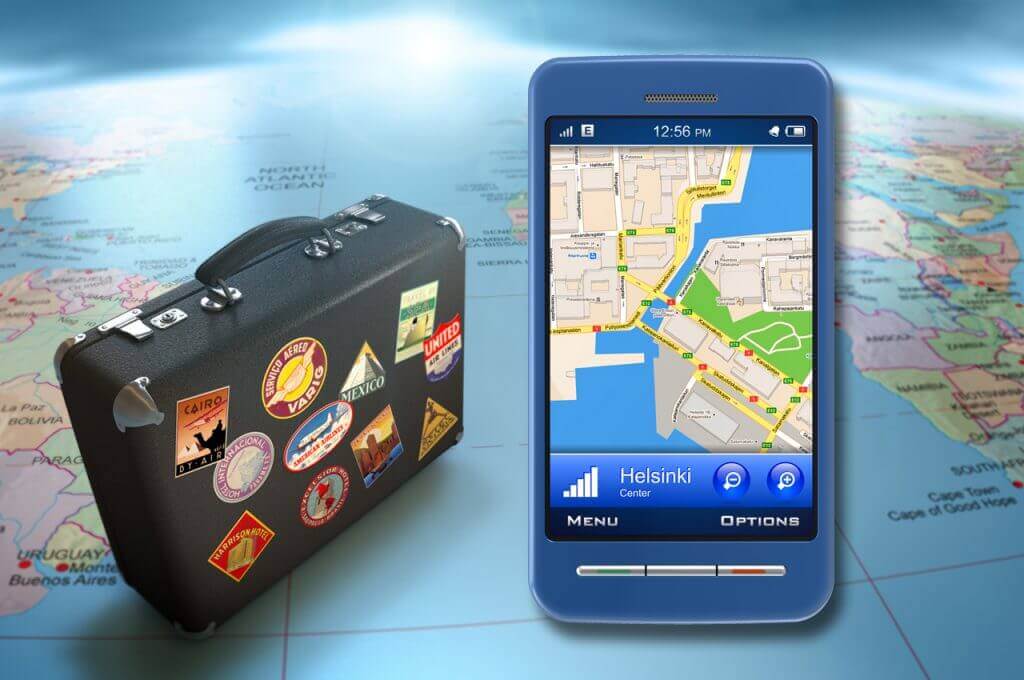
As 2016 draws to a close, there has been one movement that has surpassed them all during the last 12 months – mobile.
There are more than 128 million Google search results for ‘mobile hotel bookings’ – and guests are increasingly shifting to smaller screens.
More than 52% of travellers booking trips in 2016 will have done so using a smartphone, according to eMarketer.com. And that’s a year-on-year increase, up from 43.8%.
Google is the dominant driving force behind this shift and has made strong hints around its development in this area.
Recently, Google made headlines with the news that it’s testing a new mobile-first index. The search giant wants its results to reflect the majority of users, who are searching on smartphones.
As a result, Google’s mobile-first index will rank hotel websites on the mobile versions – even for listings that are shown to desktop users.
With almost two out of five mobile consumers abandoning a travel booking due to a poor user experience, the recommended action for hoteliers to improve is to get responsive.
Google says if your website is already mobile responsive, then you won’t need to change anything. However, if your website doesn’t look great on a smaller screen, the time to act is now.
Mobile micro-moments and dayparting are the ones to watch…
A new report from ‘Think with Google’ suggests that dayparting and mobile micro-moments will inspire new hotel marketing and distribution strategies in 2017. But, how are they defined?
Micro-moments = An immediate response to an impulse driving your guests to act on their needs in-the-moment on a smartphone
Dayparting = By dividing the day up into parts hoteliers can pay closer attention to strategies and be extra-relevant to guests in their micro-moments.
Smartphones allow your guests to act on any impulse at any time. They take immediate action whenever they want to learn, find, do or buy something. When guests act on their needs in-the-moment, their expectations are high and patience is low.
Read rest of the article at SiteMinder




